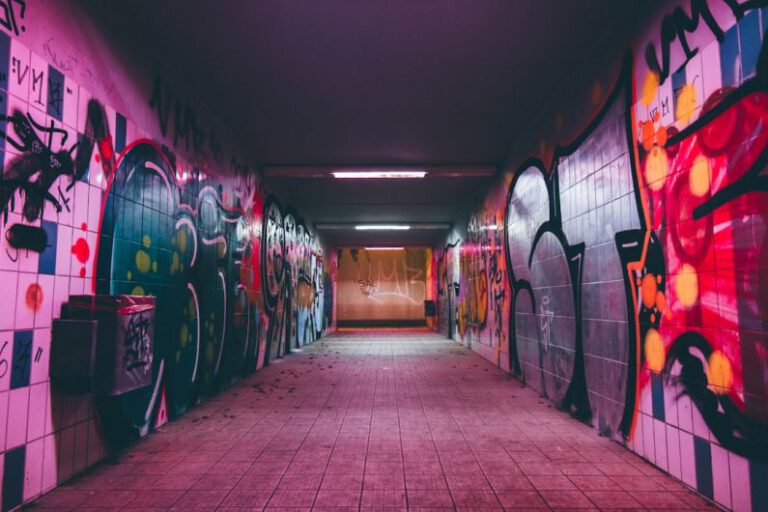3d Printed Utopias: the Evolution of Printed Buildings
The Evolution of Printed Buildings: 3D Printed Utopias
Imagine a world where buildings are not constructed, but printed layer by layer. A world where architects and engineers collaborate with cutting-edge technology to bring their designs to life in a matter of days instead of months or years. This seemingly futuristic concept is rapidly becoming a reality through the advancement of 3D printing technology. Known for its versatility in creating intricate objects and prototypes, 3D printing is now making its mark in the construction industry, giving birth to a new era of architecture – one where 3D printed utopias are no longer a distant dream but a tangible possibility.
Revolutionizing Construction with 3D Printing
Traditional construction methods are often time-consuming, labor-intensive, and prone to human error. 3D printing, on the other hand, offers a more efficient and precise alternative. By using a computer-guided process to deposit layers of material on top of each other, 3D printers can create complex structures with minimal waste, reducing costs and construction time significantly. This revolutionary approach to building has the potential to transform the way we design and construct our cities, ushering in a new era of sustainable and innovative architecture.
The Rise of 3D Printed Buildings
In recent years, we have witnessed a surge in the development of 3D printed buildings around the world. From small-scale prototypes to full-scale structures, architects and engineers are pushing the boundaries of what is possible with this groundbreaking technology. Companies like ICON and Apis Cor have successfully 3D printed houses in a matter of days, showcasing the efficiency and versatility of this construction method. These printed buildings not only demonstrate the speed at which construction can be completed but also highlight the design freedom that 3D printing offers, allowing for the creation of unconventional shapes and structures that would be challenging to achieve using traditional methods.
Sustainability and Affordability
Beyond its speed and flexibility, 3D printing also holds the promise of sustainability and affordability in construction. By using recyclable materials and producing less waste, 3D printed buildings have a lower environmental impact compared to conventional construction methods. Additionally, the reduced labor costs and construction time associated with 3D printing can make housing more affordable and accessible, addressing the global housing crisis and providing innovative solutions for sustainable urban development.
Challenges and Opportunities
While the potential of 3D printed buildings is vast, there are still challenges to overcome before this technology becomes mainstream in the construction industry. Issues such as building code regulations, material durability, and scalability need to be addressed to ensure the safety and viability of 3D printed structures. However, these challenges also present opportunities for innovation and collaboration among architects, engineers, and policymakers to shape the future of construction practices.
A Glimpse into the Future
As 3D printing technology continues to evolve, we can expect to see even more ambitious projects and designs emerge in the realm of printed buildings. From skyscrapers to eco-friendly housing solutions, the possibilities are endless when it comes to 3D printed architecture. Imagine a city skyline dotted with intricately designed, sustainable structures that push the boundaries of creativity and functionality. The future of architecture is being reshaped by 3D printing, paving the way for a new era of innovation and design.
In Conclusion: Shaping Tomorrow’s Skylines
The evolution of printed buildings represents a paradigm shift in the way we conceive, design, and construct our built environment. With its potential to revolutionize the construction industry, 3D printing offers a glimpse into a future where architecture is not just functional but also sustainable, affordable, and awe-inspiring. As we continue to push the boundaries of what is possible with this transformative technology, we are shaping tomorrow’s skylines and creating a world where 3D printed utopias are no longer a fantasy but a tangible reality.






